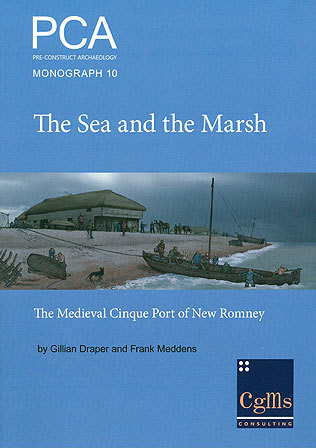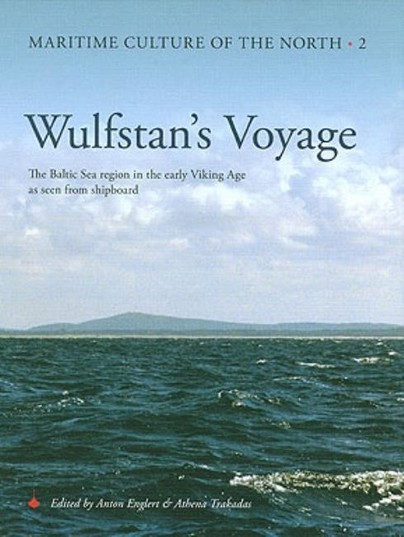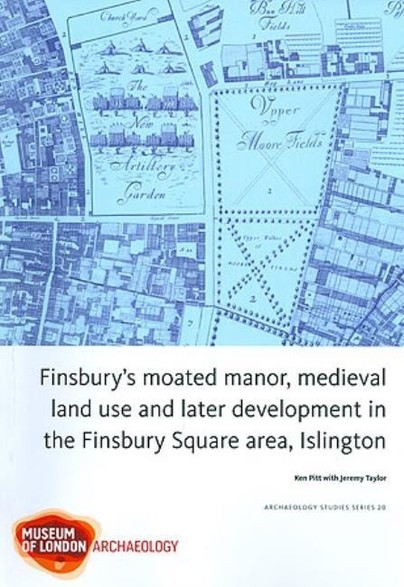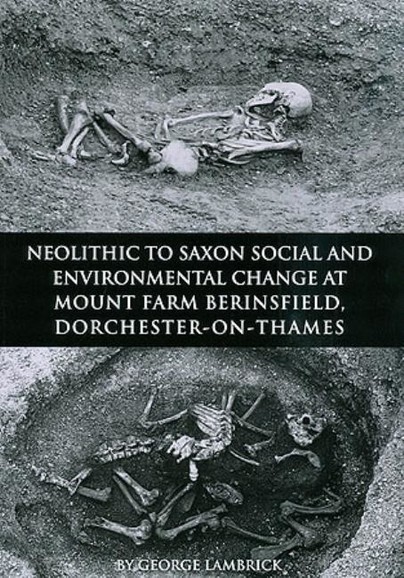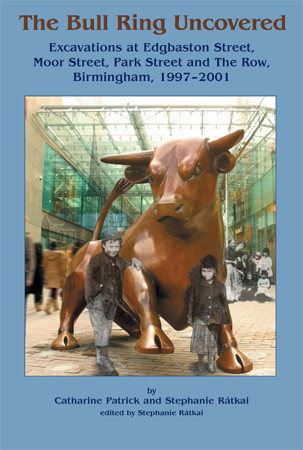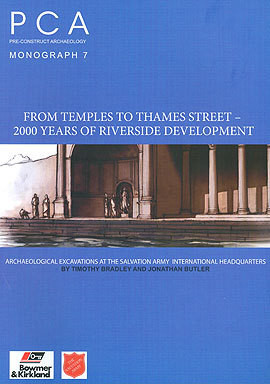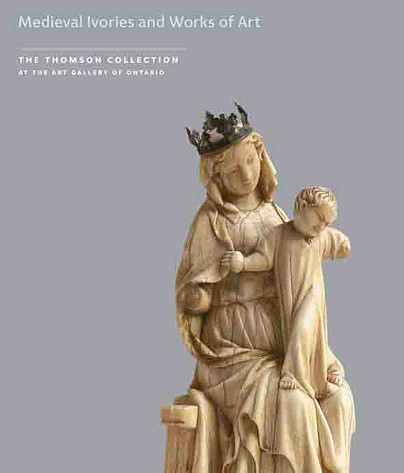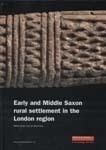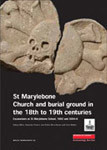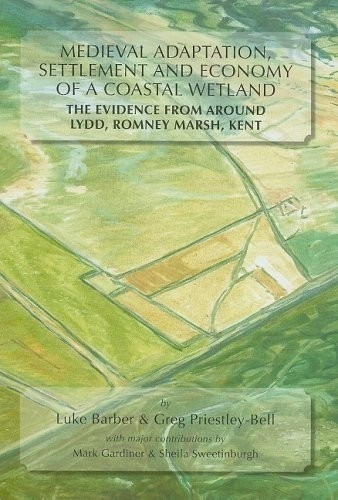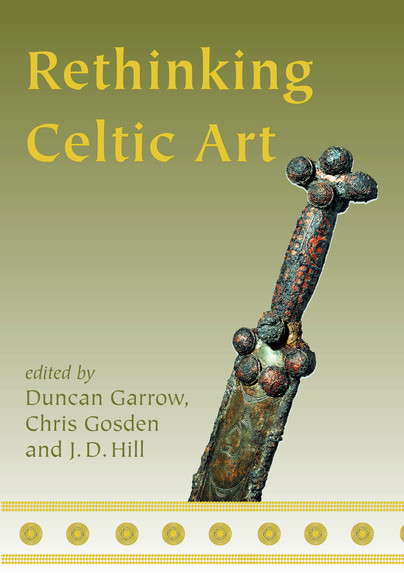Substantial Roman remains were recognised in the area of Queen Victoria Street as early as 1841, by the antiquarian Charles Roach Smith who recorded 'a wall of extraordinary strength', incorporating fragments of sculpted and moulded stone and marble. A watching brief carried out in the 1960s and a series of excavations on adjacent sites had revealed two major phases of Roman monumental masonry, the latter forming part of a vast building complex extending for over 150m along the river frontage, linked to the construction of the 3rd-century riverside wall. The area remained peripheral to the Roman City until late in the 1st century, and subsequent development was influenced by its challenging topographic location; the ground sloped steeply to the edge of the Thames and spring lines made for frequently-flooded terrain, traversed by natural channels, a situation which was repeatedly to affect attempts to develop the area.
Recent development of the Salvation Army Headquarters building provided an opportunity for Pre-Construct Archaeology to carry out a series of excavations, augmenting previous investigations in the area. These have significantly advanced our understanding of the dating and form of the earlier complex. Much-modified over time, the river frontage was flanked by substantial apses with ambulatories between and further buildings extending to the north, terraced into the hillside. Vast foundations, piling and terracing associated with the later complex testify to continued attempts to control the steeply sloping and unstable ground, whilst the sheer size of the culverts incorporated into the masonry demonstrates the need for serious drainage. The new buildings included at least two temples of classical form; but these may never have been finished. The redevelopment also provided a rare opportunity to examine a sequence of medieval road surfaces and buildings at the junction of Thames Street and Lambeth Hill, including evidence for the Great Fire of 1666, which scorched the road surface and destroyed buildings north of Thames Street.
